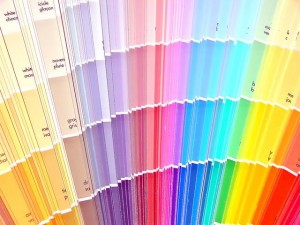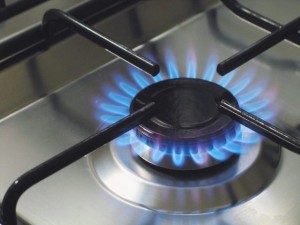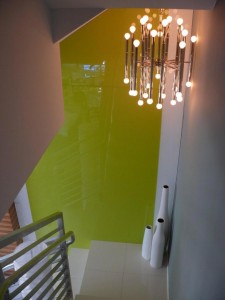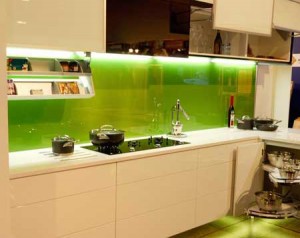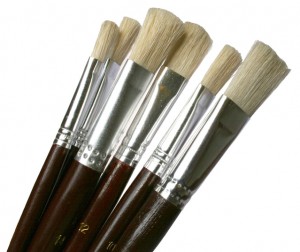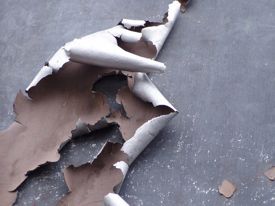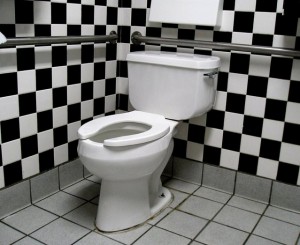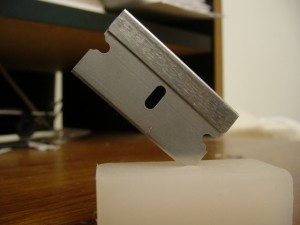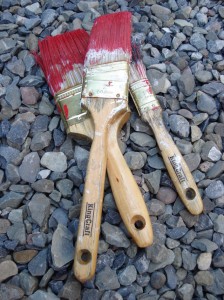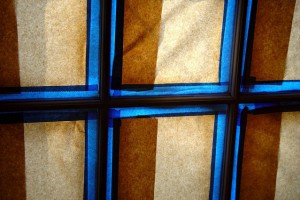Glass paint and exterior projects
Glass paint works on many surfaces!
You may not have thought of Glassprimer™ glass paint as good choice for exterior projects, but it offers a number of advantages. Although the Glassprimer™ glass paint warranty applies only to interior applications, it offers excellent coverage, fast curing (when used with the specially formulated Glassprimer catalyst), excellent resistance to UV light and temperature resistance to 350 F. You can also count on Glassprimer™ glass paint to provide excellent resistance to harsh chemicals you’re likely to encounter outside, like gasoline, oil, salt, sulfuric acid, ammonia, Xylene and hydrochloric acid. Glassprimer™ glass paint is resistant to humidity and direct contact with water, although we do not recommend immersion in water.
Because Glassprimer™ glass paint offers a thermal resistance to 350 F, you can safely apply it to outdoor surfaces that receive direct sun exposure and are likely to retain heat. Once the paint has cured, it will not peel, fade, crack or bubble. We can also match virtually any paint palette from any major paint manufacturer. That gives you maximum flexibility when decorating the exterior of your home.
One important key to remember when applying glass paint is that thin coats work best. Thin coats allow glass paint to dry and cure properly. Thick coats of paint substantially increase the drying and curing time for glass paint. When applied in thin coats, glass paint typically dries to the touch in about 2-3 hours, and can be handled safely in about 4 hours. Full curing usually requires 24-48 hours, provided that you have used the specially formulated Glassprimer catalyst. Thicker coats of paint will require longer curing time.
To test for a complete cure, press your fingernail into an inconspicuous area of the painted object. If you cannot leave a mark, and the surface of the paint feels like glass, the paint is completely cured. At this point, you can install a glass-painted surface.
If you’d like more information about using glass paint in exterior projects, please visit our site. If you’d like to order glass paint, please visit our online store.
Photo Credit: Jenny Kennedy-Olsen, via FreeImages.com

